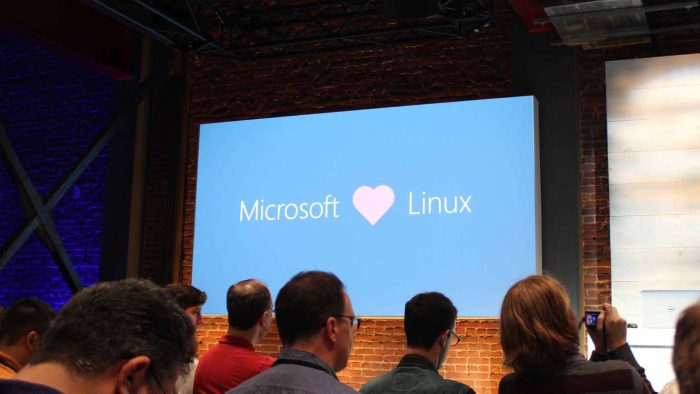Windows 10 to get a custom-built Linux kernel later this year
2 min. read
Published on
Read our disclosure page to find out how can you help Windows Report sustain the editorial team Read more

Microsoft is bringing the full Linux kernel to the Windows 10 operating system, which will replace the emulation architecture that was a part of the initial release of the Windows Subsystem for Linux, or WSL for short. Taking advantage of the full kernel, WSL2 will bring “up to 20x faster” performance for Linux apps, and full system call compatibility to allow many apps that were previously incompatible to run without issues.

Microsoft is initially starting out with version 4.19 of the Linux kernel, which is the most recent long-term release of the system. The company is also promising to keep the kernel updated to the latest long-term release so that any developer “always has the latest Linux goodness,” according to Microsoft’s program manager Jack Hammons.
Of course, while the full kernel is available, none of the userspace binaries are included by default. Instead, a user must select one through the installation of their preferred Linux distro on the Microsoft Store, or by creating their own custom package. In addition, thanks to its open source nature, developers will also be able to create their own WSL kernels, with instructions being made available soon on GitHub.
The company hasn’t verified when full kernel will be readily available in Windows 10, but we could see it as soon as the next major release of the opening system codenamed 19H2, which is due for later this year. To make the overall experience even smoother, Microsoft is also introducing a new tab-based Windows Terminal that will allow developers to access Windows Subsystem for Linux, PowerShell, and Cmd from a single command line interface.








